SUMMARY
This is AI generated summarization, which may have errors. For context, always refer to the full article.
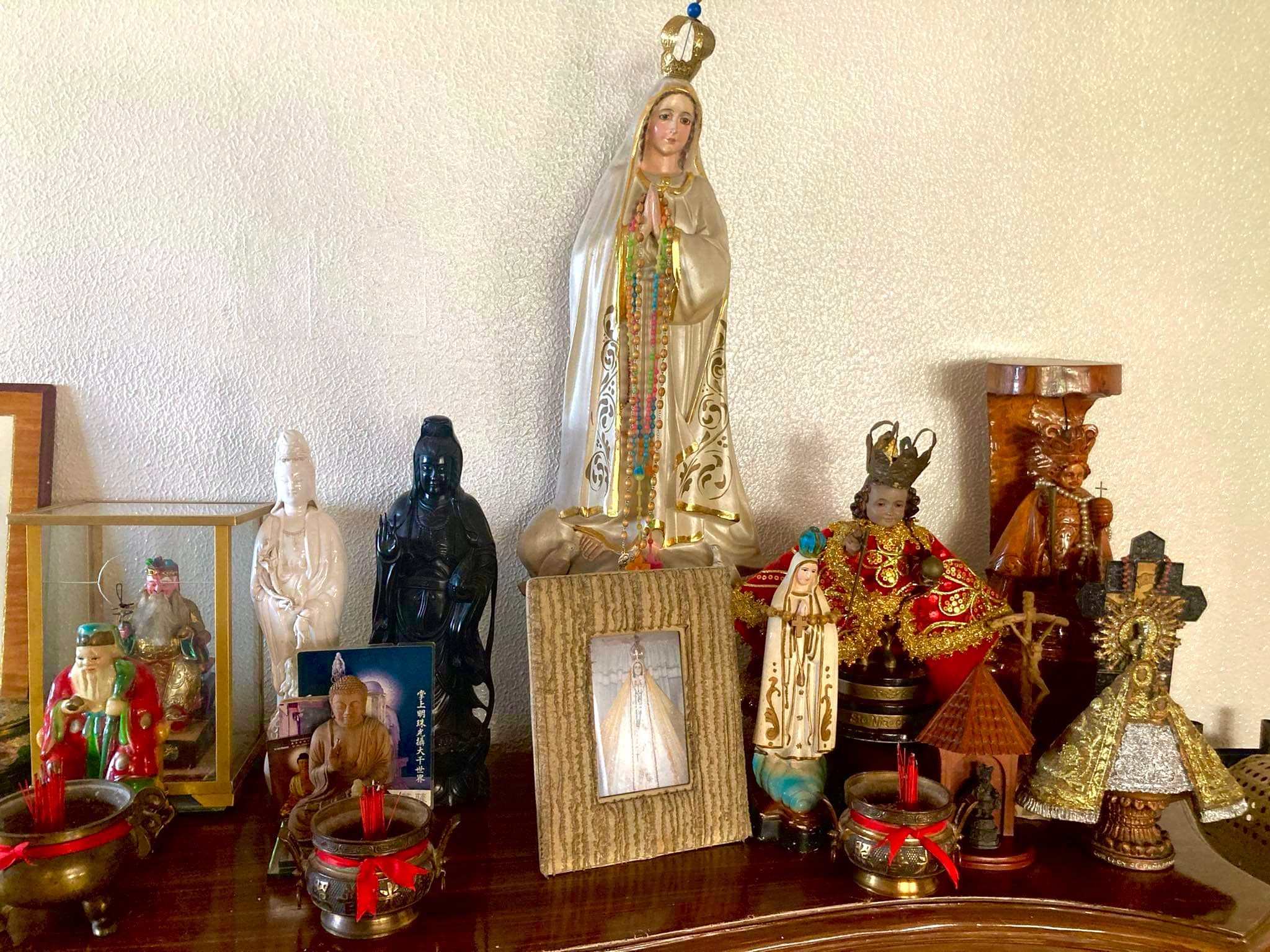
CEBU, Philippines – For more than seven decades, Filipino-Chinese businesswoman Bonifacia Go wakes up at around 5 in the morning to burn incense by her family’s home altar in Cebu City.
It is a humble altar, populated by four incense burners, a portrait of a loved one and statuettes of religious and spiritual figures.
These figures range from images of the Santo Niño (Child Jesus) and the Blessed Virgin Mary to Buddha and bodhisattvas (practitioners of “enlightenment”) like Guanyin.
Go, who is now 76, begins her morning ritual by lighting a stick and whispering a short prayer to the Buddha. Then, another stick and prayer for the Santo Niño, and the same for her departed ones.
In her younger days, Go would be accompanied by her 13 siblings and parents who raised them to value the ritual passed down from generation to generation.
“My father would go back to Qianmen in China every now and then, but when he comes to our home in Cebu, we make sure to pray to Buddha and Santo Niño together,” Go said.
Go’s family, of course, is not the only one to practice faith this way.
In Cebu’s downtown area, many stores owned by prominent Filipino-Chinese families, also maintain an altar composed of incense burners or food offerings and images of the Santo Niño and Buddha (sometimes substituted with the Budai or “Laughing Buddha”).
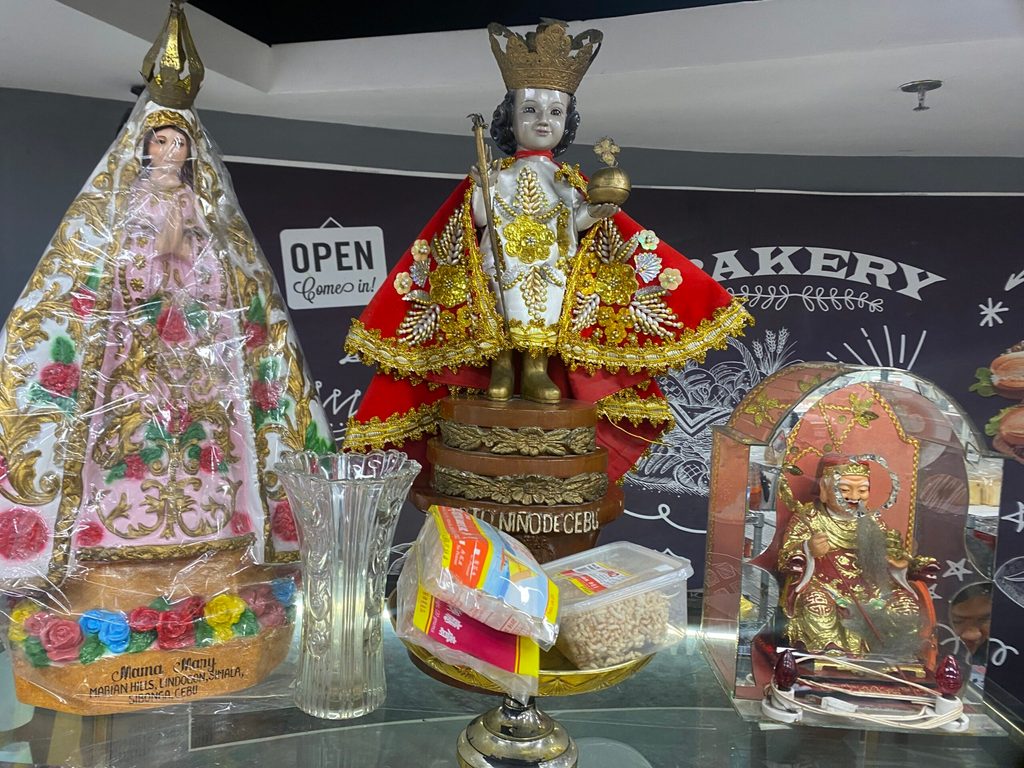
Many descendants of these clans and historians believe that this tradition is a “marker of unity” and compelling evidence of the melding of beliefs that emerged during the 16th century.
China to Cebu
Prior to the start of the Manila Galleon Trade in 1565 and even the introduction of Christianity to the Philippines in 1521, historical documents and artifacts in the form of excavated Chinese ceramics have suggested the existence of commercial and cultural exchanges between Chinese merchants and Cebu’s ancestors.
According to Vinch Layon, a coordinator of the Sugbu Chinese Heritage Museum, the spur of Chinese immigration to Cebu can be traced back to the 1860s, a time when international trade flourished.
“When they arrived here, they sold scraps and did odd jobs. Some of them prospered and started a retail business, hardware business, shipping business…,” Layon told Rappler on Friday, February 9.
Among the many travelers who settled in Cebu was Don Pedro Singson Gotiaoco, whose descendants like Manuel Gotianuy and John Gokongwei Jr. are known for their ventures in the fields of finance, real estate, and enterprise.
“From only six recorded Chinese residents in Cebu in 1830, the number rose to thirty in 1857, 611 in 1870, 1,032 in 1885, and 1,503 in 1893,” reads an excerpt from Filipino historian Resil Mojares’ The Book of Go.
The growing population, according to Mojares, had found home in a district called the “Lutao”, consisting of small stores and lodging along Manuel Cabahug Briones Street, Magallanes Street, Carbon Market, and the Freedom Park in Cebu City.
Differences in worship
Buddhism had been around in China since the beginning of the Han Dynasty in the first century. It was only in the late 16th century that Jesuit missionaries arrived in the country to spread Christianity.
“(Buddhism) was something that the Catholic Church did not initially understand until a Jesuit priest by the name of Matteo Ricci went to China and found that their worship of the ancestors was completely different from the worship of God,” Jaime Sy of the 1730 Jesuit House told Rappler.
Sy explained that Buddhism is a “humanistic religion” that prioritizes enlightenment over the concept of a creator or a higher being. He added that even the Buddha did not claim to be a deity or god.
However, during the Spanish colonial period, non-Christian practices like the burning of incense in veneration of ancestors closely linked to Buddhism was heavily frowned upon.
“Spanish missionaries often complained about the sincerity of Chinese converts, pointing out the numerous times when the latter continued to practice non-Christian rituals after conversion,” says an excerpt from Richard Chu and Teresita See’s Toward a History of Chinese Burial Grounds in Manila during the Spanish Colonial Period.
Despite this, Chinese converts persisted in using traditional rituals and adopted Catholic methods of worship through the years. Soon Filipino-Chinese families in Cebu began participating in the annual Fiesta Señor dedicated to the Santo Niño or the Child Jesus.
Two birds, one home
While Buddhism, specifically Han Buddhism, is the largest officially recognized religion in China, the blending of religious beliefs and traditional practices is particularly common among Chinese citizens, according to the Pew Research Center.
For Jose Mateo, a Filipino-Chinese member of the Buddha’s Light International Association-Philippines and a devout Christian in Cebu, Buddhism is not a practice to replace existing beliefs.
The Buddhist-Christian explained that the teachings of Buddha are inclusive and grounded on steps that people must follow to enhance their life.
The same steps can be found in different versions of Buddhist schools or philosophies and in Buddhist discourse like the “Karaniya Metta Sutta”:
This is what should be done By one who is skilled in goodness, And who knows the path of peace: Let them be able and upright, Straightforward and gentle in speech, Humble and not conceited, Contented and easily satisfied, Unburdened with duties and frugal in their ways. Peaceful and calm and wise and skillful, Not proud or demanding in nature. Let them not do the slightest thing That the wise would later reprove.
If anything, Mateo said, basic Buddhist teachings can enhance a person’s religious experiences.
“Buddhism tends to only promote the three acts of goodness which is to think good thoughts, speak good words, and do good deeds,” Mateo told Rappler.
According to Mateo, Fo Guang Shan (Buddha’s Light Mountain) temples, like the Chu Un (Compassion and Gratitude) temple of Cebu, have opened more English-speaking chapters to accommodate fellow Christians in the path of enlightenment.
“If we emphasize what human beings can do to promote peace through the three acts of goodness then, I believe that (Buddhism) would not be in any conflict with another religion if the approach is like that,” the Buddhist-Christian concluded. – Rappler.com
Sources:
- Pew Research Center, Measuring Religion in China
- The Amaravati Sangha, Karaniya Metta Sutta: The Buddha’s Words on Loving-kindness
- Resil Mojares, The Book of Go
- Richard Chu and Teresita See, Toward a History of Chinese Burial Grounds in Manila during the Spanish Colonial Period
Add a comment
How does this make you feel?








![[Rappler’s Best] Faking it](https://www.rappler.com/tachyon/2024/02/prabowo-feb-2024_INDONESIA-ELECTION.jpg?resize=257%2C257&crop=200px%2C0px%2C1240px%2C1240px)
![[WATCH] Dragons and delicacies at Cebu’s Red Lantern Festival](https://www.rappler.com/tachyon/2024/02/cebu-city-chinese-new-year.jpeg?resize=257%2C257&crop=291px%2C0px%2C1536px%2C1536px)
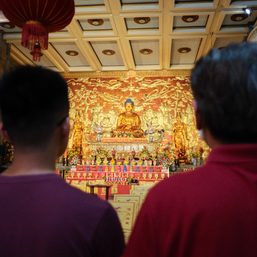

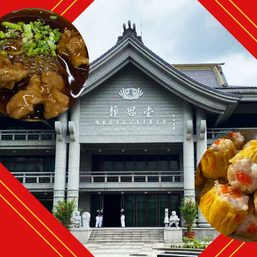
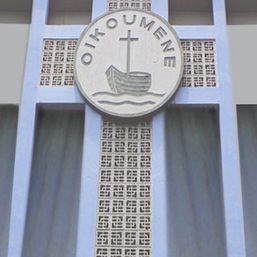
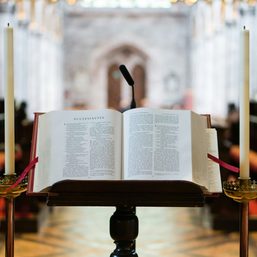

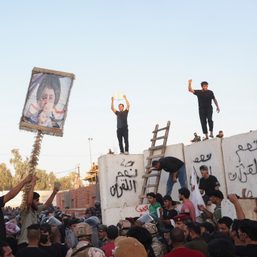
There are no comments yet. Add your comment to start the conversation.